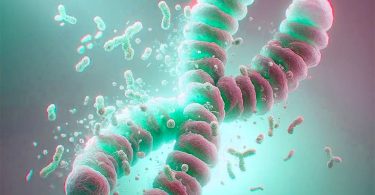The cooking temperature of industrial food, the main source of exogenous AGEs, is believed to be one of the causes of the sharp increase in food allergies.
Food allergies concern more and more populations around the world (approximately 5% of adults and 8% of children). They have doubled in 5 years in France.
Most allergens in foods undergo heat treatments before consumption, during which a glycation reaction occurs, producing exogenous AGEs (1).
Numerous correlations seem to show a possible link between these exogenous AGEs and food allergies (2):
In particular, it has been observed in vitro that glycation reduces the digestibility of proteins and changes their structure by inducing the formation of neoallergens. In vivo, these observations were confirmed in mice.
Finally, it is easy to see that the number of food allergies across the world is correlated with the consumption of processed food that has undergone high exposure to temperature during their preparation.
Activation of RAGEs (AGE receptors) is believed to be the main mechanism of action. It remains to demonstrate this.
© AGE BREAKER 03 2021
[Glycation is one of the major causes of aging. Resulting from the fixation of sugars on the proteins constituting the organism, glycation generates toxic compounds that cause cellular aging. Glycation is particularly involved in metabolic disorders, skin aging and cognitive decline.] [AGE BREAKER, patented nutritional supplements, based on rosmarinic acid, recognized by aging specialists around the world for their properties to reverse the effects of glycation.]More on www.agebreaker.com
#agebreaker #glycation
(1) R. Gupta et al: Maillard reaction in food allergy: Pros and cons.
Critical Reviews in Food Science and Nutrition. 2018. Vol 58. 2018. doi.org/10.1080/10408398.2016.1152949
(2) Q. Zhang et al: Dietary advanced glycation end‐products: Perspectives linking food processing with health implications. Comprehensive reviews in food science and food safety. First published: 10 July 2020. https://doi.org/10.1111/1541-4337.12593









